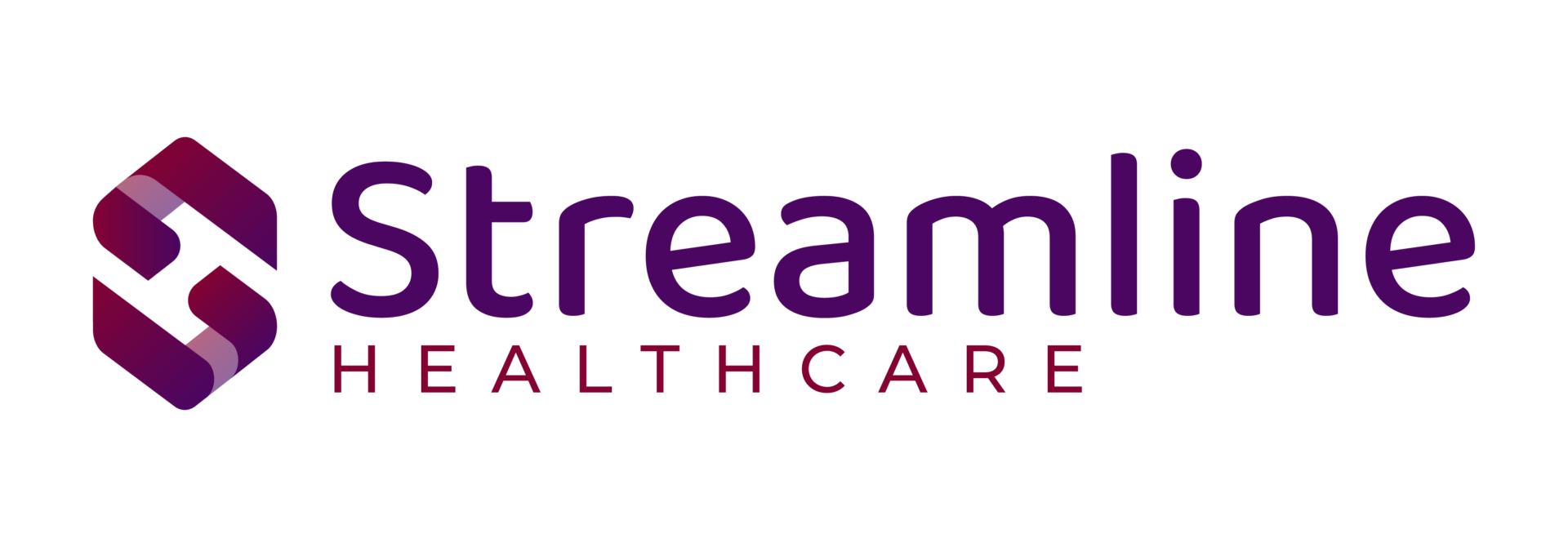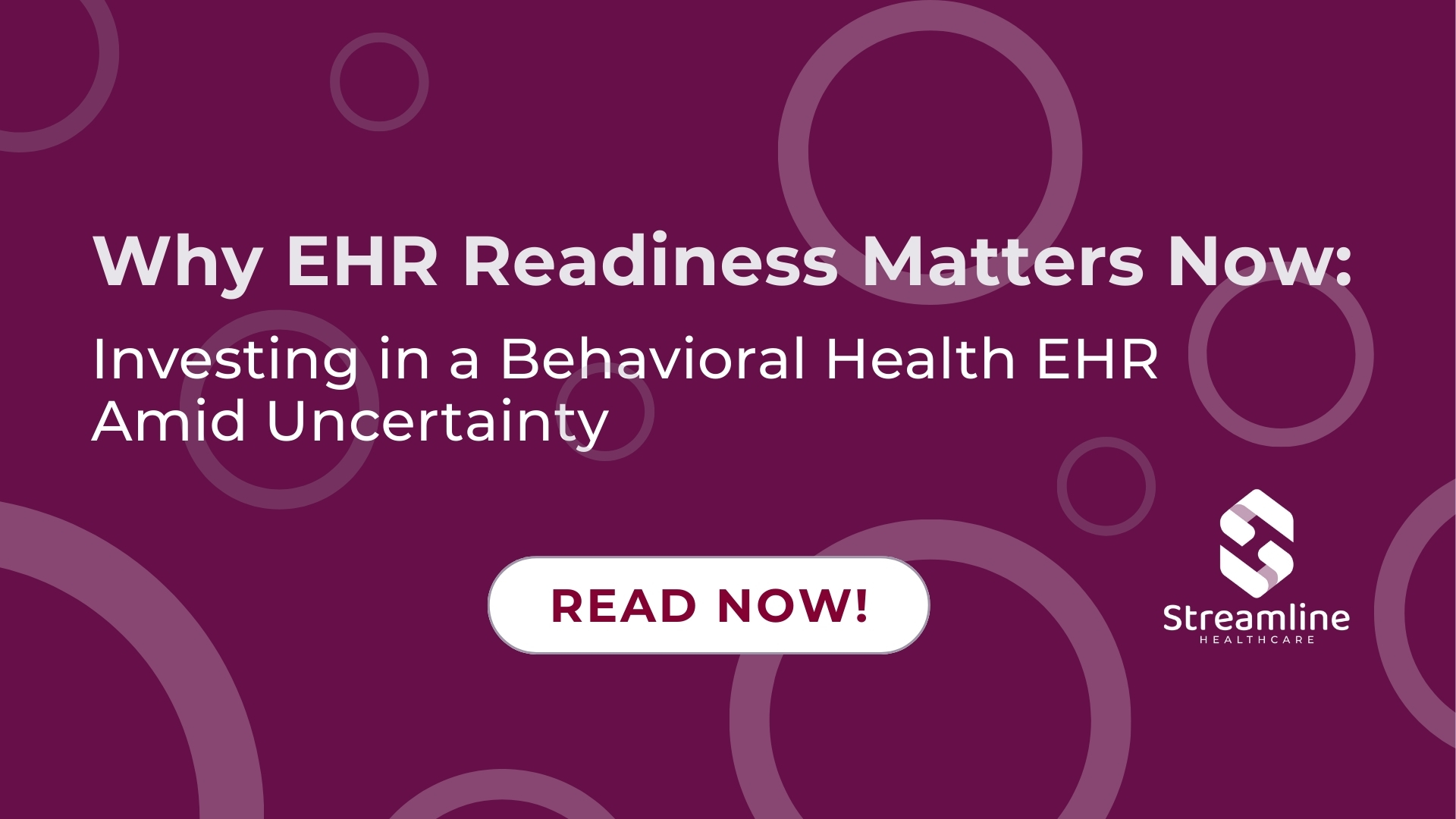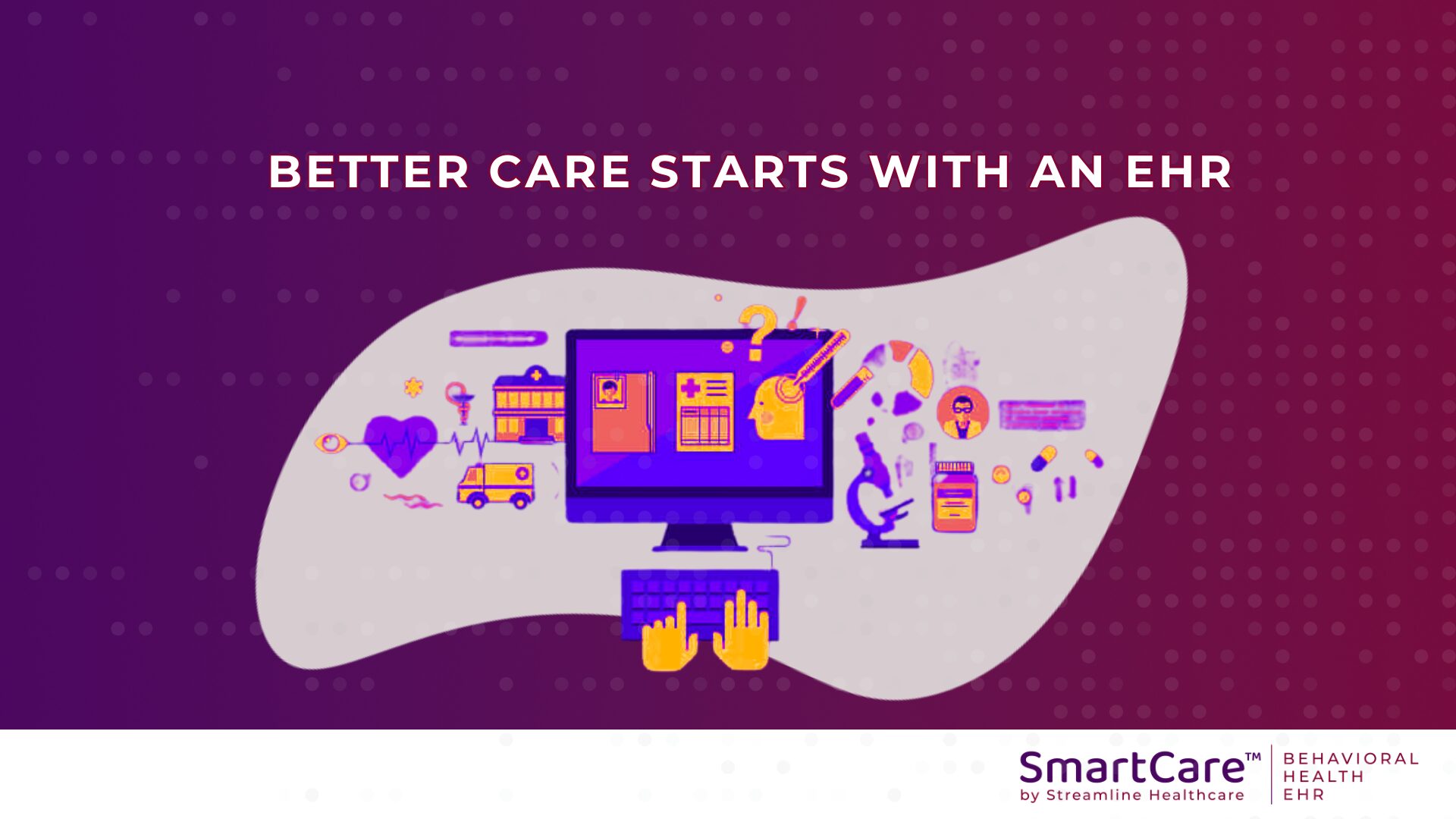Providers Share Their Insights, from Staffing Shortages to Increased Funding for Mental Health Services
Behavioral Health and Human Services providers are emerging from the worst of the COVID pandemic crisis into a period of daunting challenges but also significant opportunities. Three veteran behavioral health leaders recently shared insights into how their organizations are responding during an Open Minds Webinar sponsored by Streamline Healthcare Solutions.
Rising demand for Behavioral Health and Human Services coupled with constrained supply
The biggest challenge Behavioral Health Providers face is dealing with a significant increase in the demand for behavioral health and human services at the same time that the supply of these services is severely constrained by staffing shortages and high turnover.
At the same time, Behavioral Health and Human Services funding is on the rise
The good news is, federal, state, and private organizations are investing significant amounts of additional funding for behavioral health and human services, including the recent Bipartisan Safer Communities Act recently passed by Congress.
Real-world insights on how providers are managing
Following are some real-world insights from the Behavioral Health and Human Services leaders on how they are managing through this environment.
To address the staffing shortage
- Provide flexibility to work remotely where appropriate and desired. While many behavioral health employees need to be on-site or in the community, and others want to be, where possible give employees flexibility.
- Build the workforce internally by training those at each level of the organization to move up to the next level.
- Market and recruit new employees. The war for talent cuts across industries, and Behavioral Health and Human Services providers need to match other employers with efforts like fun recruiting events, internship programs, and referral and signing bonuses.
To manage demand in a capacity constrained environment
- Continue to invest in the capability to deliver care virtually where appropriate.
- Leverage clinicians’ time by having care managers and other “para-professionals” do as much of the work as possible that doesn’t require a clinician.
- To ensure that limited capacity is being used effectively, train staff to focus on “throughput” and evidence-based outcomes. For example, if the number of sessions for certain treatments is above the norm, investigate why.
To take advantage of funding increases
- Obviously, devote resources to finding and applying for the increased number of grants available from the federal and state governments as well as private foundations.
- At the same time, analyze grants carefully to ensure that the resources are available to meet staffing, outcome and reporting requirements over the long term, and prioritize grants accordingly.
Streamline’s SmartCare™ Behavioral Health EHR
Since 2003, Streamline has focused exclusively on the Behavioral Health and Human Services market. We understand that organizations in this market need more than just another Electronic Health Record (EHR) vendor. We are a trusted partner in building innovative technology solutions that empower people to improve the quality of life for those in need.
SmartCare™ is a true Enterprise EHR platform designed specifically for Behavioral Health and Human Services organizations. Its enterprise, cloud-based, single-platform, and intelligent technology empowers these organizations to improve effectiveness and quality of care. Request a demo today and learn how SmartCare™ can support your organization.




